There can be your advertisement
300x150
How to Choose the Perfect Facade for Your Next Project
They say first impressions last a long time. This saying especially applies to your home and what your friends and family see when visiting you. Home renovation can be complicated, but it's worth the time and effort. If you're considering a renovation, use this guide to learn how to choose the perfect facade for your next project.
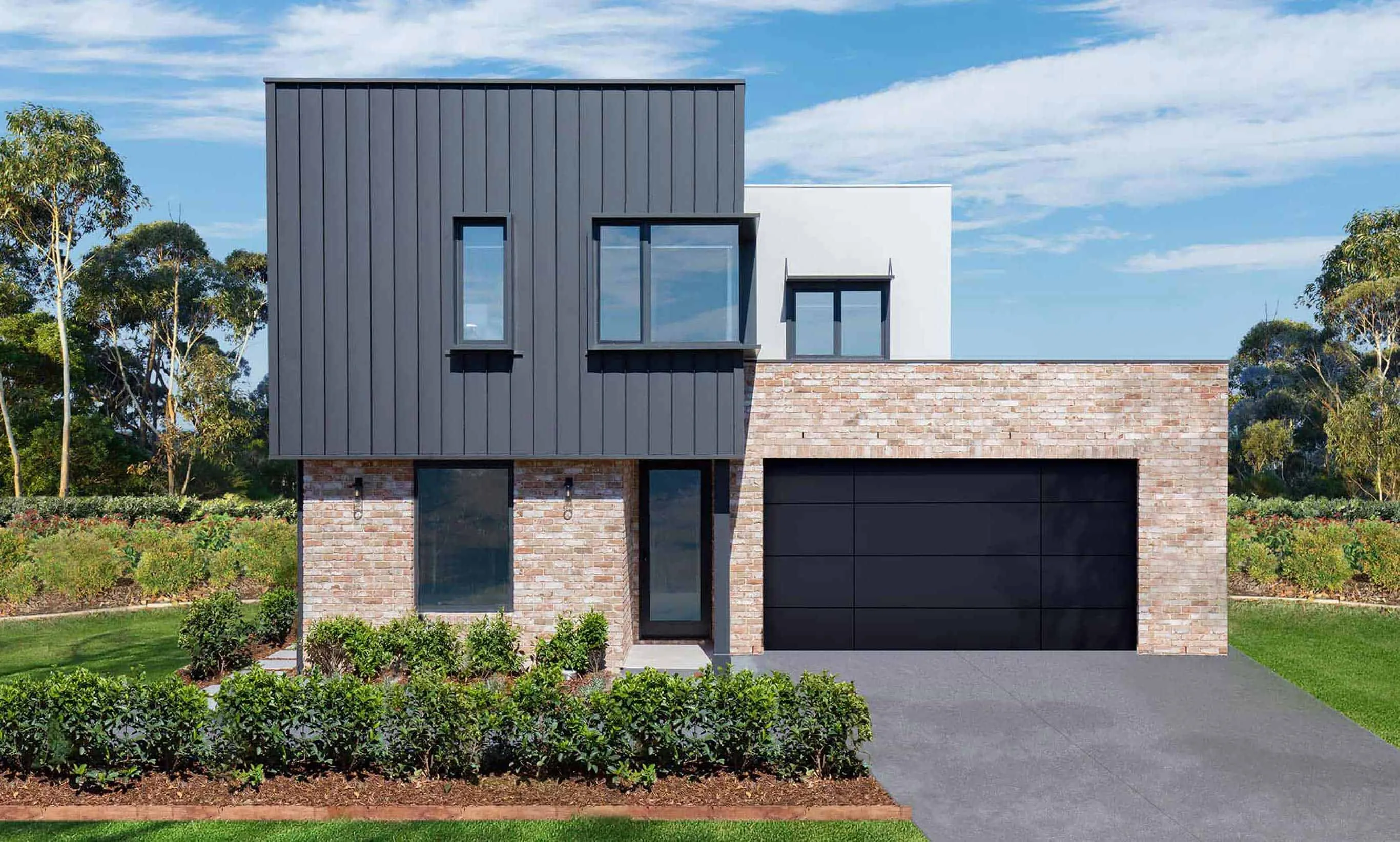
What Is a Facade?
Start with the word facade. It's a French term referring to the front or face of a building. You can also recognize it from the Italian word 'facciata,' meaning the exterior side of a building. In architecture, your facade is one of the most important design elements. Again, it's your first impression when looking at a home. Therefore, the facade gives guests an idea of how the rest of the house will look.
How to Choose a Facade?
Think of your house as an artistic canvas. You can take a brush and paint it however you like. There are many options for facades that will allow you to add a personal touch to your home. Use these five factors to guide your facade choice.
1. Exterior Style
The first factor to consider is the exterior appearance. Start by choosing a color for your facade. You can choose from a wide variety of colors and tones to make your home warm and attractive.
For example, you can choose earth-tone colors. This design gives the house a dark scheme with brown hues. Earth tones may include gray, olive, and beige colors. Earth tones on the outside create a cozy feeling for everyone who drives by.
2. Interior Style
After selecting the exterior look, try to match the interior so that your home's design is consistent. Plan the layout to complement the facade. Guests and potential buyers will appreciate a smooth transition from the exterior appearance to the interior. Using earth tones on the outside, maintain the same theme on interior walls.
Some homeowners think ahead and plan to sell their homes. If you're considering a revaluation, you can also take interior design into account when planning the facade. According to an Open Door report from 2022, 77% of buyers today prefer brightly painted accent walls. In contrast to 37% who want a fully white interior. Therefore, feel free to use dark accents or gray shades in the interior.
3. Building Materials
The next point is choosing building materials for the facade. Remember that first impressions last a long time in how people perceive your home's appearance. The materials used to build the house influence both the look and practicality of the facade. Some materials you can choose from:
- Brick: Brick is one of the most common building materials for facades. It's great if you want a traditional look. With brick, you get strength and fire resistance. Brick usually requires minimal maintenance, so you won't have to worry about it over time. Although brick has a higher impact on carbon dioxide (CO2) emissions compared to other building materials.
- Wood: People have used wood on their facades for thousands of years. Wood siding is a popular choice if you're going for a rustic style. Light wood gives a modern feel, while dark tones create a solid scheme. Wood is excellent for energy efficiency and you can reduce environmental impact by using sustainably grown wood.
- Stone: Stone is another building material used since ancient times. With stone, you'll have very low maintenance needs for the facade. Stone is durable and water-resistant due to its non-porous properties. Additionally, stone is an energy-efficient material thanks to its natural insulating properties.
4. Climate
In addition to building materials, consider the climate when designing a facade. Some materials handle heat or cold, humidity or dryness better than others. When considering durability, the environment will play an important role in your choice.
For example, brick has high resistance to adverse weather conditions. So it's suitable for humid climates with heavy rains and strong winds. If you're focused on protective properties, choose concrete because it's extremely durable. Concrete and brick also work well in humid climates since they don't warp under high humidity.
5. Lighting
After deciding on building materials, you'll want to focus on smaller details like decorations. For example, what kinds of lights can you use to decorate the facade and enhance its beauty, especially at night? Facade lighting has two purposes: to illuminate the house so it shows its beauty and to ensure safety.
Outdoor lighting can be an excellent way to enhance the appearance of your facade. Start with small fixtures like lanterns or ceiling lights. These options are great because they provide lighting and personality to the front of your home. Today, you can find solar or LED lights for increased energy efficiency. LEDs are ideal for safety and energy efficiency because they're extremely bright but last 30 times longer than incandescent bulbs.
Another option is string lights. These fixtures are affordable but create a festive atmosphere on the facade. You can hang them from the ceiling or wrap them around a deck. String lights are a simple way to create a cozy ambiance from the facade. Another use for string lights is if you're designing a garden or decorating a deck.
The Perfect Facade Design
The appearance of your home matters because it gives an idea of who you are. Use home renovation projects to improve the facade and give your house character. Refer to this guide to learn about five things to consider when choosing the perfect facade.
More articles:
 How Steel Reinforcement Contributes to Modern Design Development
How Steel Reinforcement Contributes to Modern Design Development How Sustainability Can Be Integrated into Multifunctional Buildings and Architecture
How Sustainability Can Be Integrated into Multifunctional Buildings and Architecture How Sustainable Cabin Design Redefines Life
How Sustainable Cabin Design Redefines Life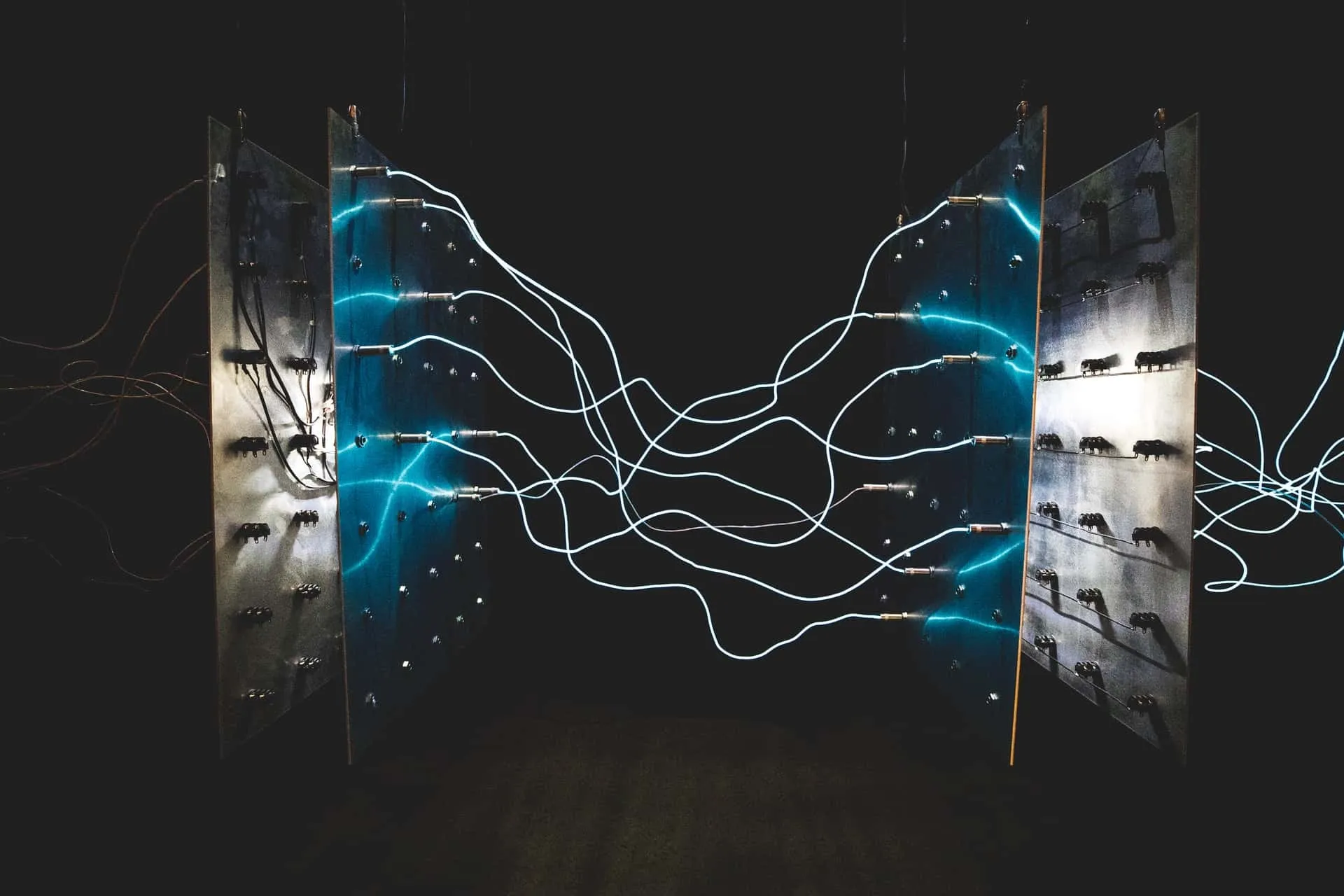 How Electrical Installation Is Performed During House Construction
How Electrical Installation Is Performed During House Construction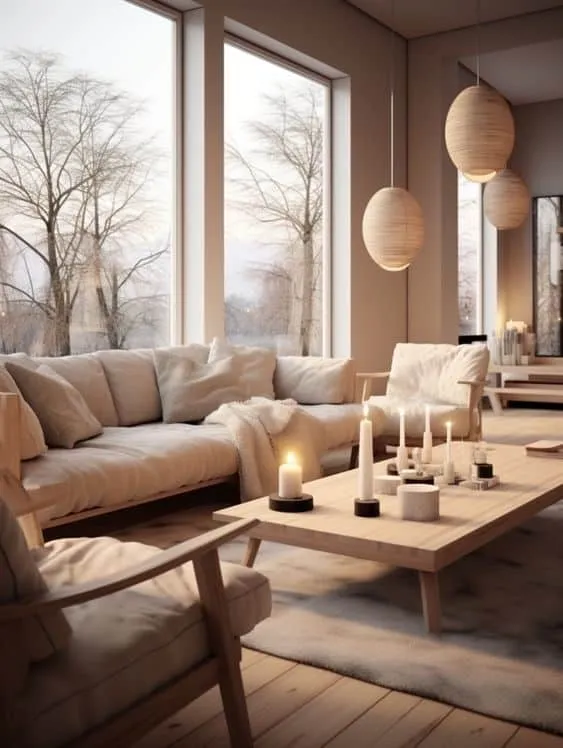 How to Achieve Authentic Norwegian Style in Interior Design
How to Achieve Authentic Norwegian Style in Interior Design HOW TO ADOPT RATTAN SPIRIT IN THE BEDROOM?
HOW TO ADOPT RATTAN SPIRIT IN THE BEDROOM?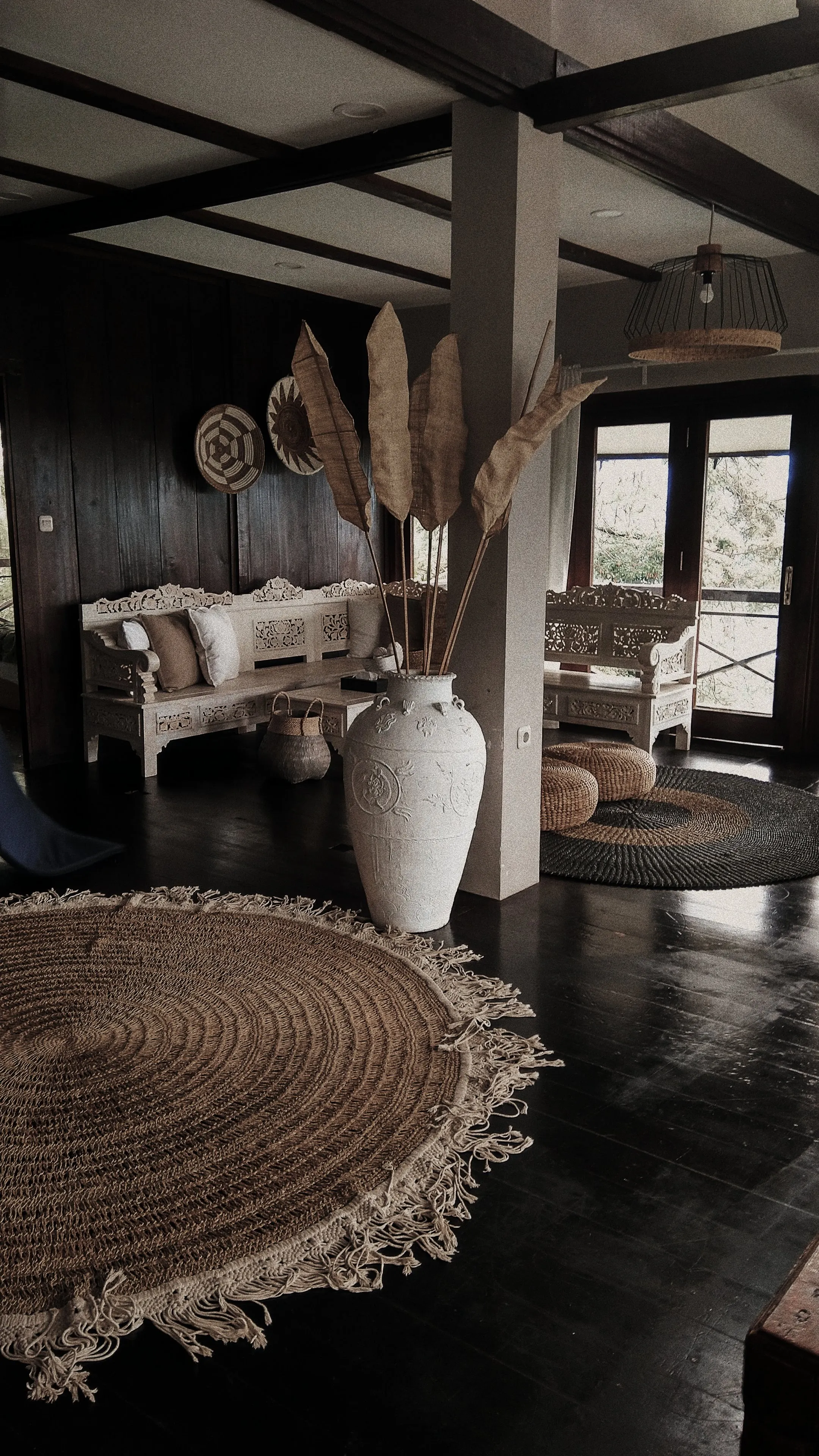 How to Add Wooden Cladding to Home Decor
How to Add Wooden Cladding to Home Decor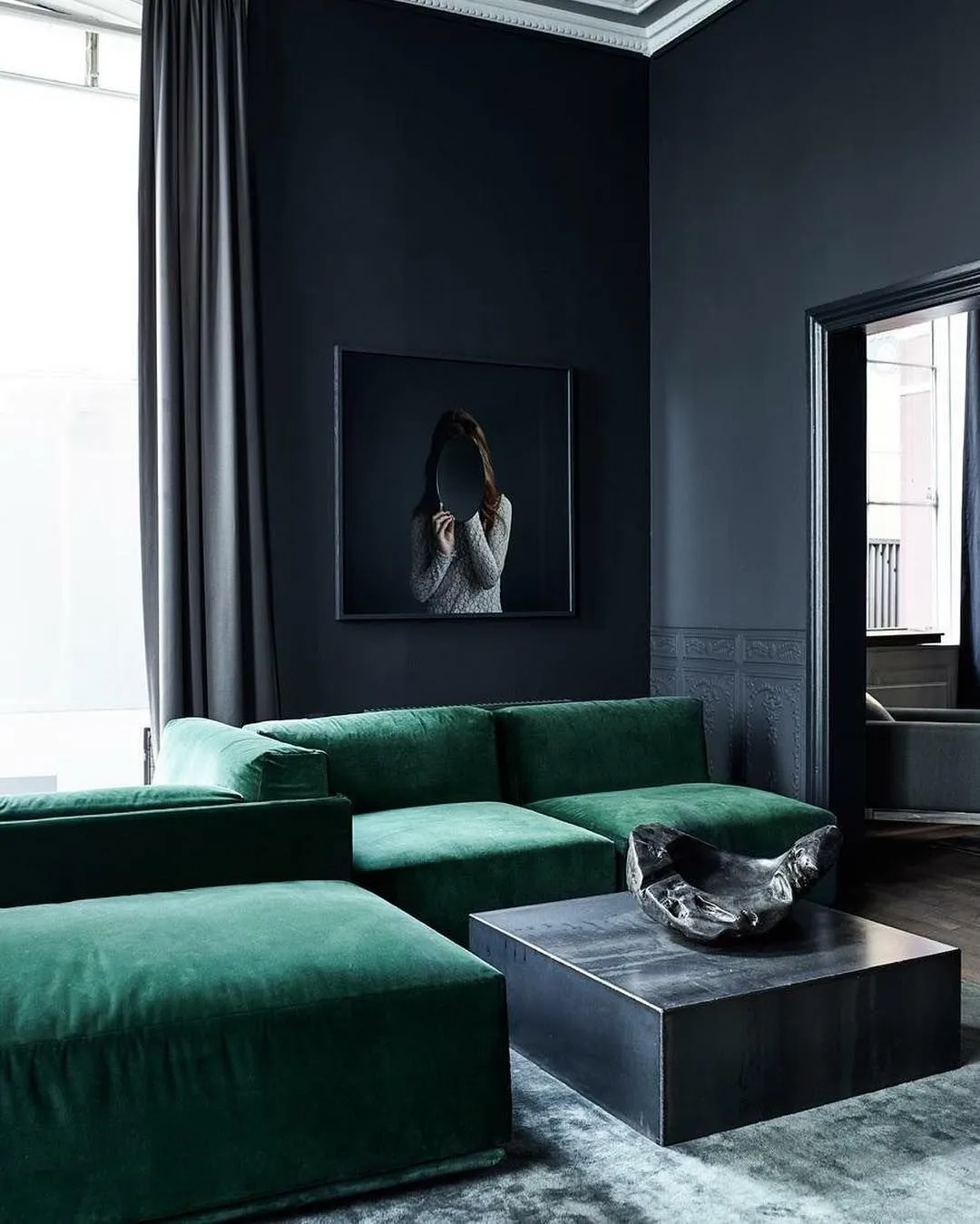 How to Apply Trendy Tones in Interior Design
How to Apply Trendy Tones in Interior Design